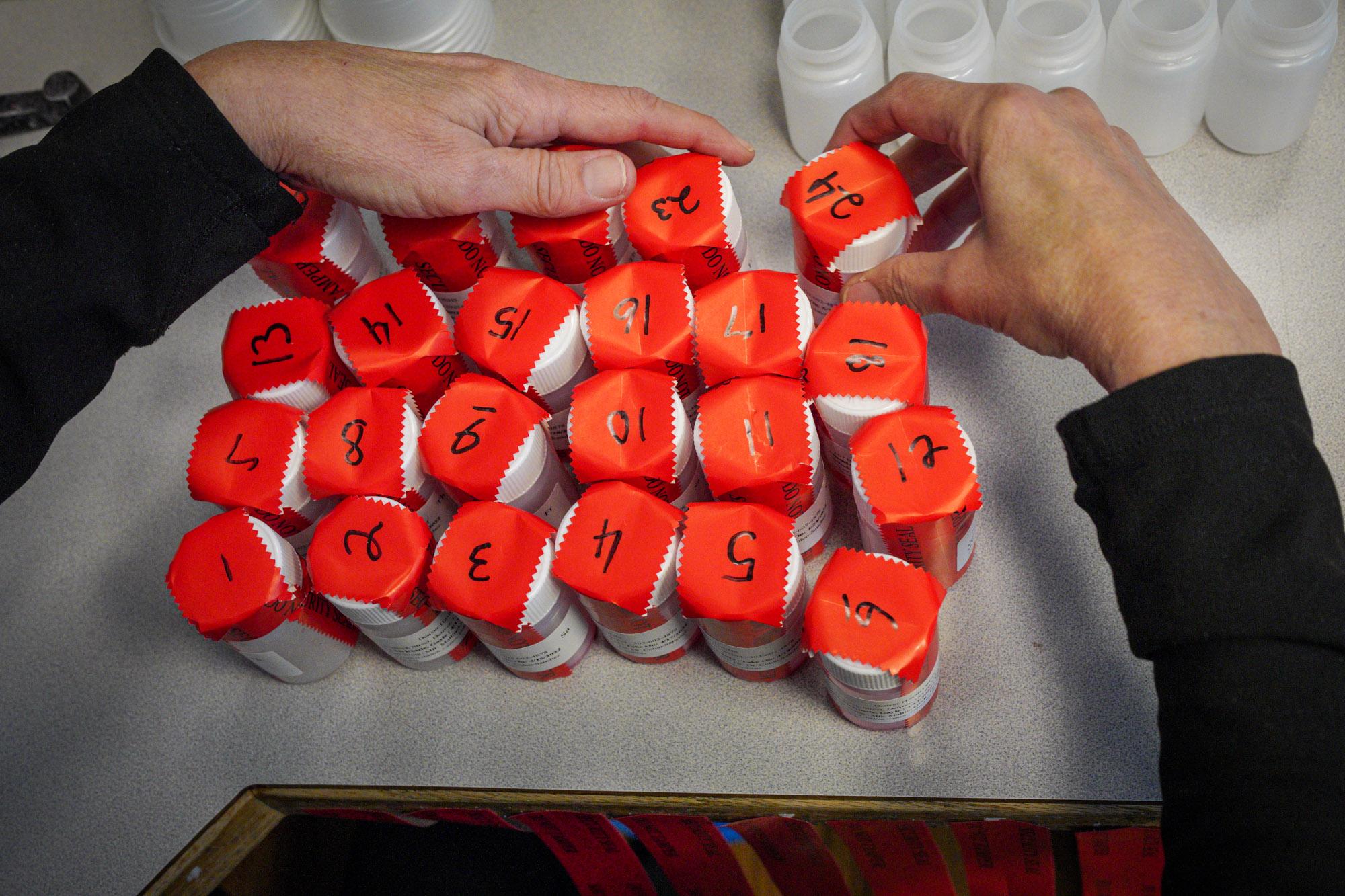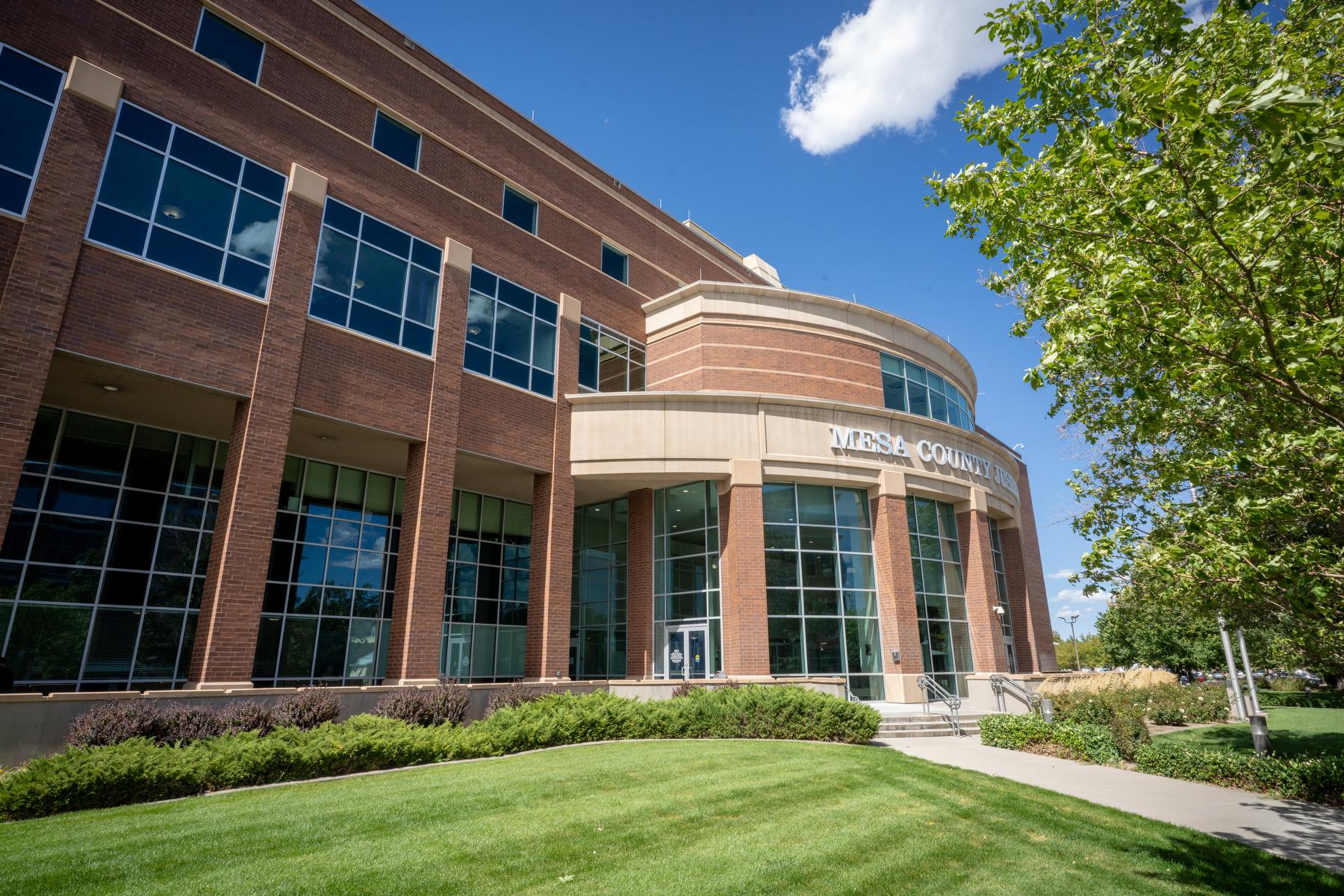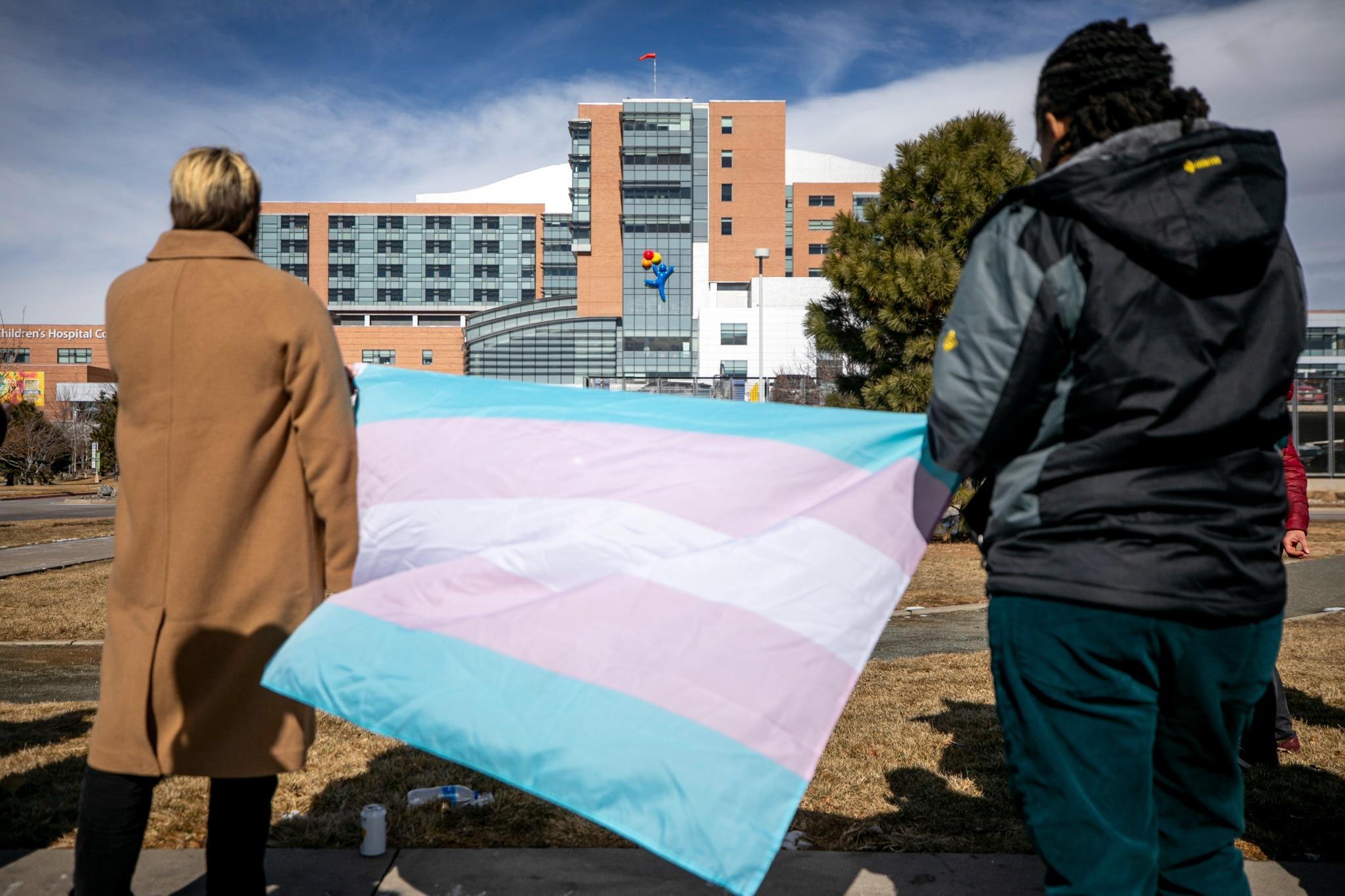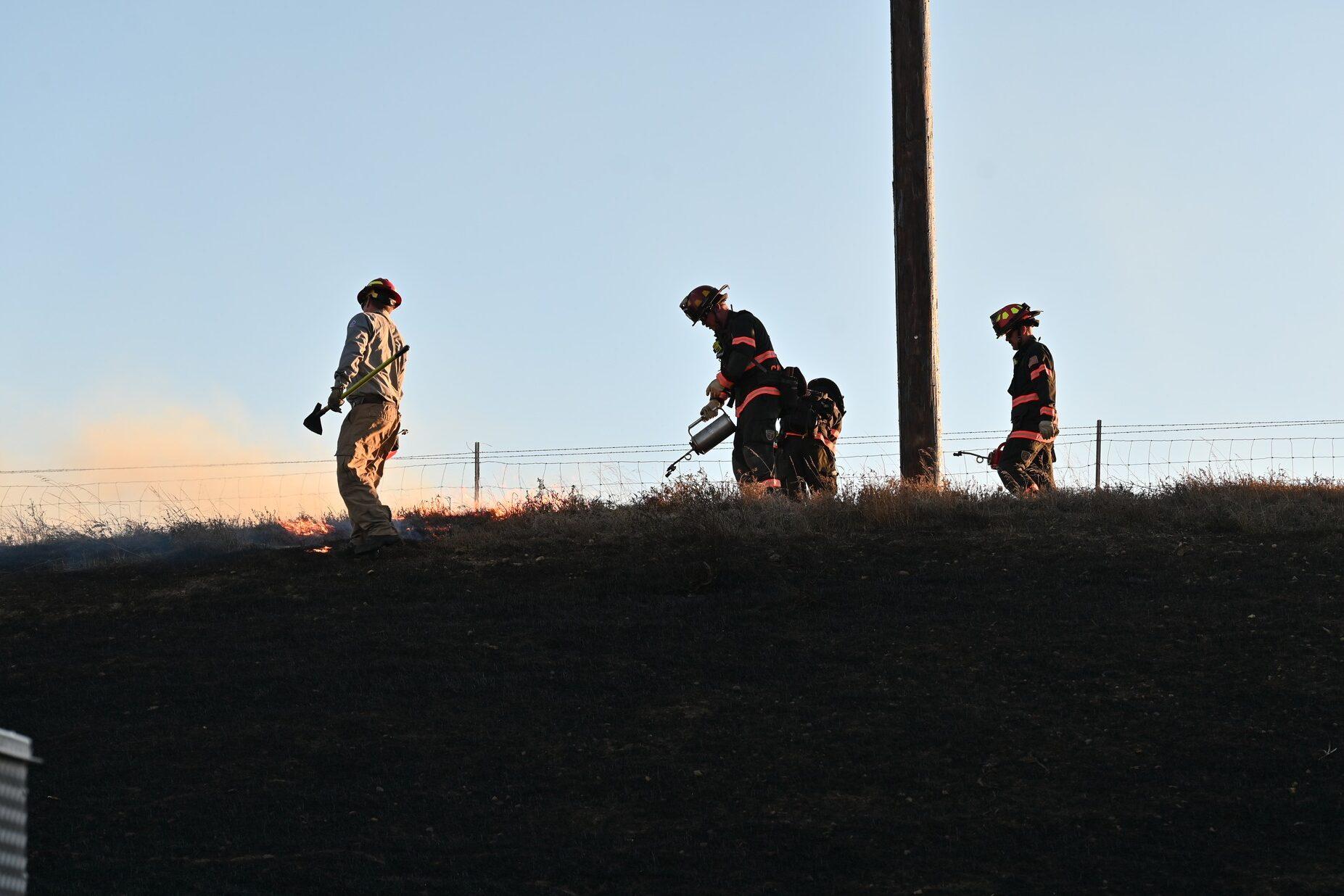
Updated May 8, 2024, at 1:08 p.m.
In 2023, 1,822 people in Colorado died of a drug overdose, according to provisional state data. During that same time, the state received more than $14.5 million in opioid settlement funds meant to be spent helping to prevent those deaths.
When – and whether – the millions of dollars in opioid funds will start to curb Colorado’s overdose epidemic is yet to be seen.
Here’s a breakdown of what we know about where opioid settlement funds are distributed across the state so far and trends in overdose deaths.
Where is all this money coming from?
Colorado is set to receive more than $750 million in opioid settlement funds over the next 15 years as part of the largest national opioid settlement to date, and the second-largest settlement in American history.
The opioid cash comes from more than a dozen drugmakers, pharmaceutical distributors, and retail pharmacies that will pay more than $50 billion over 18 years in legal settlements to thousands of state and local governments across the U.S. The companies include household names like Walgreens, Johnson & Johnson and CVS. These companies were accused of downplaying the risks of prescription opioids, ultimately fueling the first wave of the opioid crisis in the U.S.
The settlement is double NASA’s budget and five times the revenue of an NBA season, according to KFF Health News, which is tracking settlement funds across the country.
Where is the money going in Colorado?
Opioid settlement funds started to be distributed in Colorado in late 2022. That year, the state received an initial $44.7 million, according to data from KFF Health News, of which $18 million was awarded to communities across the state.
For example, Larimer County received $2,052,502, Denver County received $4,710,151, and Douglas County received just $50,000.
To distribute funds, the state was divided into 19 regions and two federally recognized Colorado Tribes, which must request funds from the Colorado Opioid Abatement Council, chaired by state Attorney General Phil Weiser.
Sixty percent of the settlement money is designated for regional governments. Twenty percent will go to local governments. Colorado will give 10 percent to fund expenditure reporting, regional planning, and statewide infrastructure, which covers expenses like updating or building new facilities. Another 10 percent share goes to the state and is managed by the attorney general's office.
The state has a dashboard that launched in August 2022 that shows how much settlement money each region receives and how it's being spent. The dashboard also shows the distribution and use for the state share and share that goes to infrastructure.
The Attorney General’s Office released a table, updated earlier this year, that shows the funds available to the 19 regions, the funds requested to date, and the estimated funding available to those regions between 2022 and 2038.

All towns, cities, or organizations that receive opioid settlement funds are required to report how their funds were used.
In 2023, Colorado received another opioid settlement payout of $14,531,328.42, according to KFF Health News. In March 2023, the Colorado Opioid Abatement Council approved over $1.9 million in infrastructure funding for six organizations.
Then in August, the council approved more than $2.5 million of infrastructure spending for six organizations, including $500,000 to the Las Animas – Huerfano Counties District Health Department to create a new one-stop-shop health campus in Walsenburg, and $350,000 to Clear Creek County invest in new property that will offer the space needed to consolidate and centralize the county’s mental health services.
In December, eight organizations received grants totaling $4 million.
In 2024, Denver will fund 15 projects using more than half of its $7 million in settlement funds. The projects focus on educating the public about drug use, expanding access to treatment, and working on harm reduction strategies.
The Naloxone Project received money from Denver's settlement money. They used the funds to train first responders, police and crisis response teams to identify and respond to at-risk people with naloxone, the life-saving opioid reversal drug, as part of their Colorado Pre-Hospital Addiction Care Consortium.
“This is really an attempt towards greater equity and greater reach in Colorado and making sure that we're getting to those very vulnerable underserved populations,” said Rachael Duncan, associate director of The Naloxone Project. “As well as a great tool in our rural communities too, where that may be that access point in some communities for Naloxone.”
The settlement funds are one tool in the ongoing effort of organizations like The Naloxone Project to prevent deaths from overdoses.
“Those are very preventable, tragic deaths. I think this is a crisis that has affected everyone at this point in some way, and it's not going away,” Duncan said. “We have to start with empowering our people in our communities and leaders to protect themselves as we come up with some other solutions to it.”
What trends are there in 2023 overdose data?
Colorado saw a slight uptick in 2023 in overdose deaths from the year prior, approximately 23 more people died that year than in 2022, according to provisional state data, which is subject to change. However, Denver saw 522 fatal drug overdoses last year, a 15 percent increase from 2022 and a record high, according to Axios.
The sharp increase in overdose deaths in Denver was fueled by fentanyl, the powerful synthetic opioid that is often used in pill or powdered form. Overdose deaths from fentanyl have been on the rise for years but notably spiked 17 percent between 2022 and 2023 across the state.
The slight uptick in overdose deaths in 2023 didn’t match the record high of overdose deaths Colorado saw in 2021, which came in at 1,881 and was a 27 percent increase from the year prior.
Editor's note: This story has been updated to correct and clarify information about how Colorado divides and tracks opioid settlement funds. The Attorney General's office oversees a 10 percent share and has a public dashboard that tracks the funds. The Naxolone Project was funded by Denver's funds.









